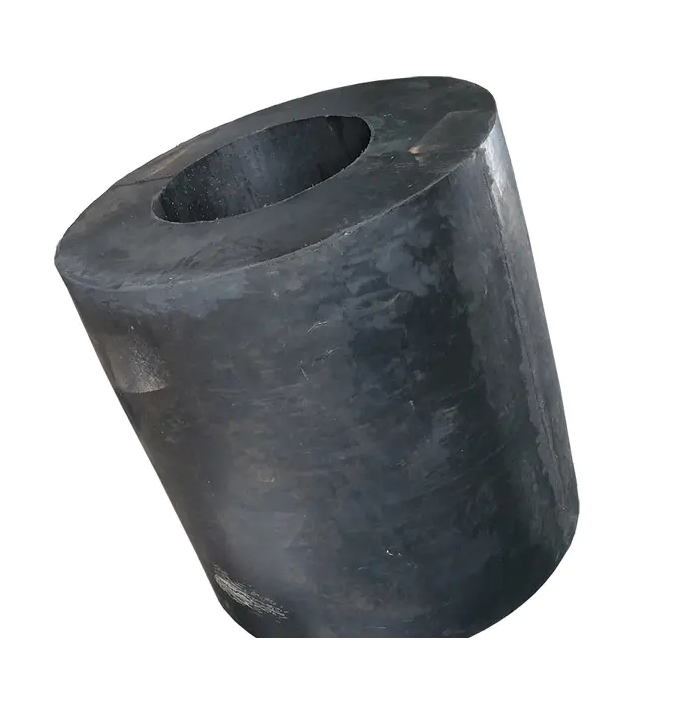In marine and port operations, protecting vessels and infrastructure from damage during berthing is a constant concern. The cylindrical rubber fender is a widely used solution designed to absorb impact and reduce the risk of damage when ships come into contact with docks or other vessels. Its unique shape and material properties make it suitable for a variety of marine environments.
The cylindrical rubber fender is crafted from durable rubber compounds that provide elasticity and energy absorption. When a ship docks, the fender compresses under pressure, cushioning the impact and preventing direct contact between the vessel’s hull and the pier. This function is critical for maintaining the integrity of both the ship and the port structure.
One of the main advantages of the cylindrical rubber fender lies in its shape. The cylindrical design offers a larger surface area for contact, which helps distribute the force of impact more evenly. This reduces the pressure on any single point of the vessel’s hull, minimizing the potential for dents or structural damage.
In addition, the cylindrical rubber fender is resistant to harsh marine conditions, including saltwater, UV exposure, and temperature fluctuations. This resilience ensures that the fender maintains its protective qualities over time, even with frequent use. The rubber material also resists abrasion and tearing, which contributes to its durability in demanding port environments.
Installation of cylindrical rubber fenders is relatively straightforward. They can be mounted on docks, piers, or vessel hulls using brackets or chains, depending on the specific requirements of the site. Their design allows for some flexibility in positioning, which can be adjusted to fit various vessel sizes and docking configurations.
Maintenance of the cylindrical rubber fender typically involves regular inspections for wear or damage. While the material is robust, prolonged exposure to extreme impacts or environmental factors may require timely replacement or repair to ensure continued effectiveness. Routine checks help port operators avoid unexpected failures that could lead to costly damages.
The performance of cylindrical rubber fenders in absorbing energy makes them a common choice not only for large commercial ships but also for smaller vessels such as fishing boats and ferries. This adaptability is important for ports that serve a diverse range of maritime traffic.
From an economic perspective, using cylindrical rubber fenders can reduce repair costs and downtime caused by damage during docking. By providing a buffer that lessens impact forces, these fenders contribute to smoother port operations and longer service life for both vessels and infrastructure.
Moreover, cylindrical rubber fenders contribute to safety by minimizing sudden jolts and vibrations during berthing. This helps protect cargo, equipment, and personnel on board the ship and on the dock, reducing the risk of accidents.
The cylindrical rubber fender plays a crucial role in marine and port operations by offering reliable impact absorption and protection. Its material properties, shape, and ease of installation make it suitable for a wide range of vessels and docking situations. For ports looking to enhance safety and reduce maintenance costs, investing in these fenders can provide practical benefits.
https://www.zhhatrte.com/product/rubber-fender/cylindrical-rubber-fender/
